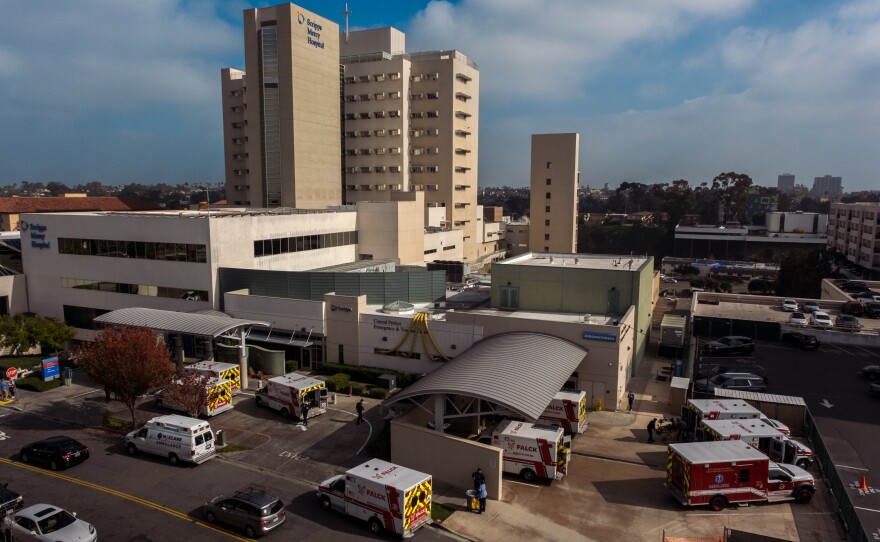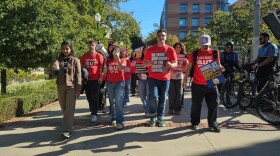There’s little to no room in many emergency rooms across San Diego County. COVID infections are spreading faster than ever because of the more contagious omicron variant.
Jeff Behm is the managing director of Falck San Diego, the city’s emergency services contractor. He said he’s never seen COVID calls as high as now — and he went through the surge on the East Coast in 2020.
"This is the worst situation that we’re seeing because of the call volume because there’s no lock down everybody's out and about doing their thing," said Behm.
Their data shows call volume has increased 30 percent since Christmas. As a result, ambulances are having to wait longer outside the hospitals to drop off patients because staffed beds are scarce.
"We have been at hospitals for up to three hours waiting with patients," said Behm. "That is just a reduction in the units that are out in the field trying to send an ambulance people that need our help and so that’s hitting us really hard." he said.
Falck's data also shows people having to wait more than an hour and a half in emergency rooms has more than doubled. That forces paramedics to provide more than emergency transportation.
"We’re just walking into a hospital trying to turn a patient over and we’re basically providing another service that we’re not getting compensated for to care for a patient while they’re on the hospital property," he said.

They are struggling to keep up with demand.
"We need to triage, and that’s what happens under circumstances like this when you’re dealing with a certain amount of unit, but a volume that’s higher than those units can respond to, and we want to make sure that we get to the life-threatening situation," said Behm.
EMS Deputy Chief Jodi Pierce of San Diego Fire-Rescue said staffing shortages and bed availability are the two factors that are affecting the entire system but the mutual aid system is filling the need.
"San Diego County agencies, whether public or private, have really come together to meet the needs of our communities, through increased communications resource sharing we are prepared to respond to any incident and provide the care," she said.








